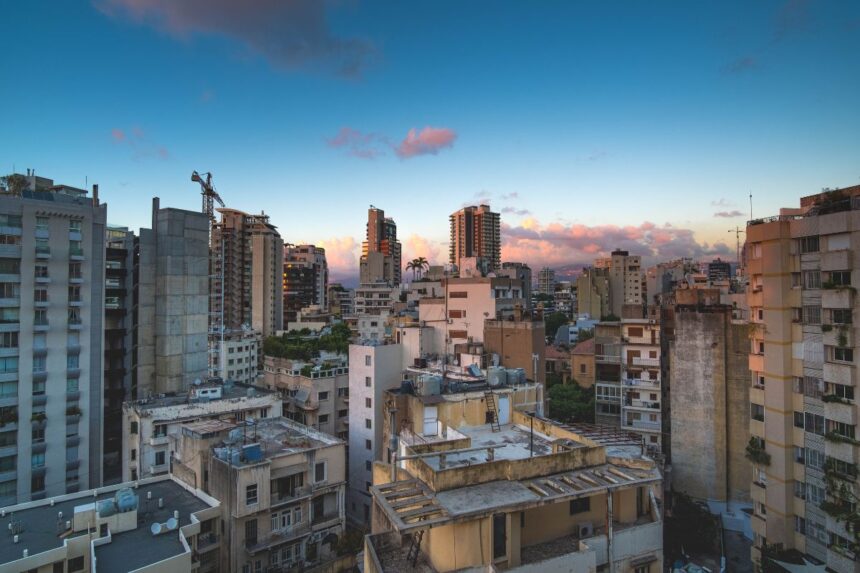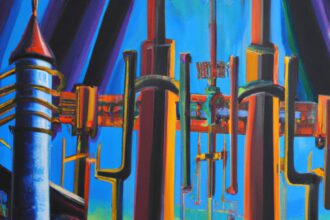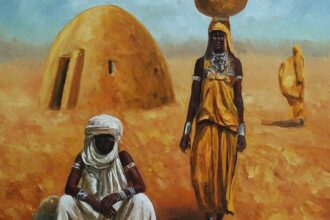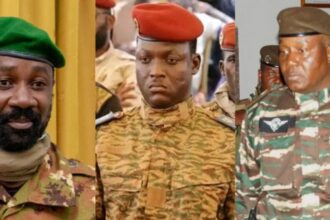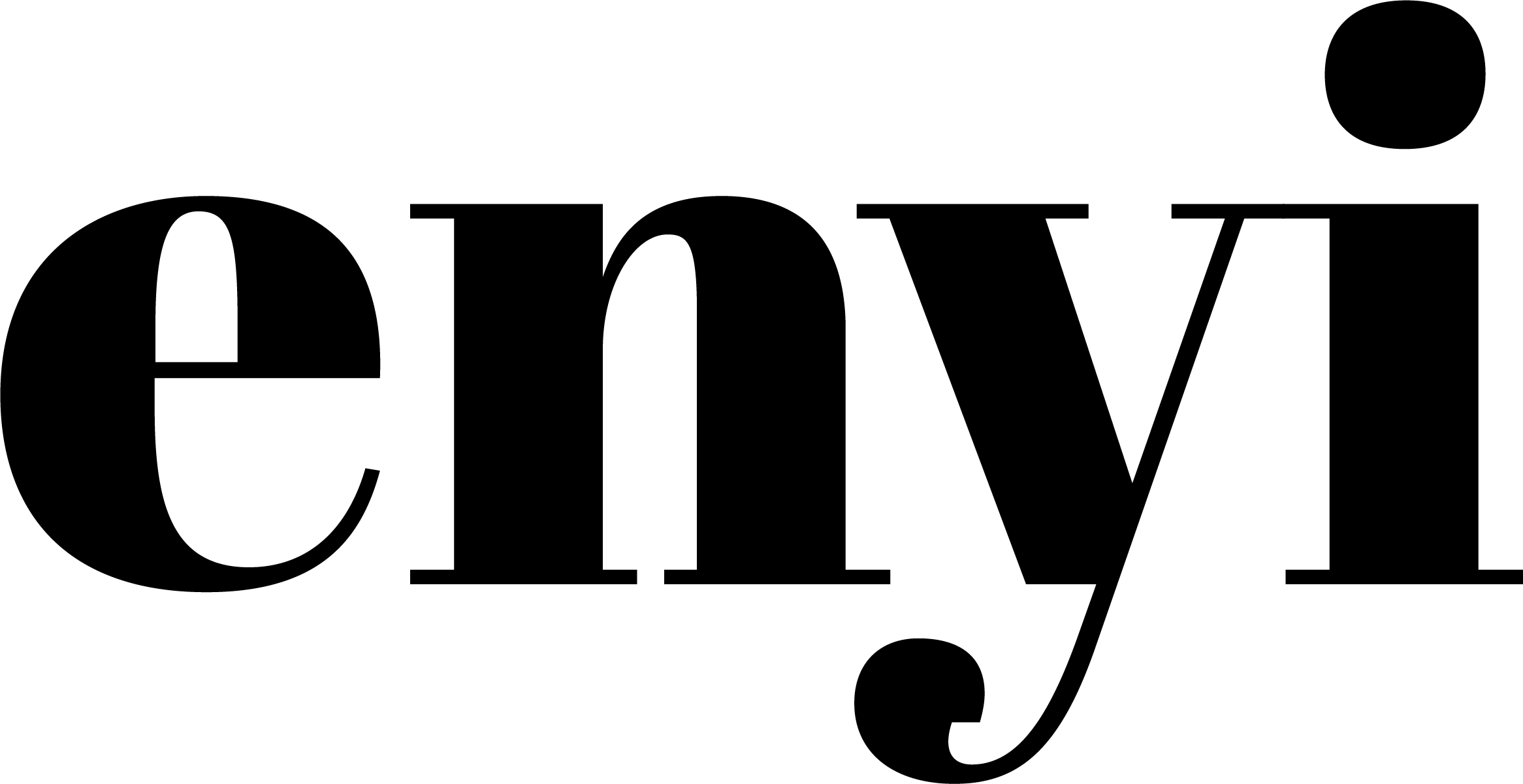Everyone has heard about Lebanon but only a few people know its true complexity. It is one of the most religiously diverse countries in the world with eighteen official sects, and the Lebanese are also one of the most dispersed people. Lebanon is a country where the minorities are the majority and where the diaspora is actually greater than its inhabitants. A place where a rich history meets contemporary poverty, and where the Islamic East meets the Christian West. To understand modern Lebanon we have to discern myth from fact, colonial centralizing rule from traditional local governance, and religious disputes from socio-economic ones. So let us start with the beginning of Lebanon as we now know it and see what we maybe can learn from this ‘failed state’.
The nation-state and its bureaucratic and economic structure has its origins in the French Mandate for Syria and the Lebanon (a kind of euphemism for colony) that was formed after the collapse of the Ottoman Empire in 1922. During their colonial rule the French used the divide et impera-tactic by privileging the Christians and more specifically the Maronite Catholics and thus increasing tensions between different sects. They legitimized this on the basis of the inaccurate census of 1932 whereby the Christians made up an exaggerated 50% of the population and the Maronites 29%. The French needed allies, in this case the Maronites and Christians more broadly, to constitutionalize a political overweight ‘democratically’. This symbiosis between Lebanese Christians with their Lebanese nationalism also called ‘Lebanonism’, and the French was crucial in maintaining the pro-Western economic orientation and the system of wealth extraction even after independence. After the independence in 1943 a National Pact cemented the power-imbalance between the disadvantaged Muslim majority and the privileged Christian minority, ultimately leading to the Lebanese Civil War three decades later.
In the Lebanonist view Lebanon was a ‘merchant republic’ with Phoenician roots and acted as ‘refuge’ for persecuted peoples (“the rose between two thorns”). These nationalistic and anachronistic stories were reproduced so often that they became myths.
Arne Geybels
Both the ahistorical narrative of Lebanon as an entity being distinct from the Arabic world and the one wherein the Lebanese people possess a unique character, were being propagated by Michel Chiha and members from the Eddé family. Teleological myths like these tend to serve political goals and only uphold an unjust status quo. The post-independence constellation paved the way for a new oligarchy to take place. The personal enrichment of the so-called Consortium can be seen as a colonial heritage, insofar that the new elite just replicated their colonial precursors. It looked like there was no alternative to the way that empires were handling resources and subjects. The opposition called this ‘political Maronitism’. Which can be defined as the Maronite practice of clinging to power by any means necessary while enriching themselves and believing they have the exclusive right to shape Lebanon’s policy.
Lebanon’s Geopolitical Labyrinth: The Struggle for Identity and Power
Lebanon has been called the chessboard of the Middle East because all the major players have a stake in this country. It seems that conflict is looming here everywhere all the time. According to the Lebanese historian Kamal Salibi the civil war (1975-1990) was a battle for the history of the country. The differing views and interests of Pan-Arabism on the one hand and Lebanonism/ Phoenicianism on the other, were definitely set on a collision course and eventually came to a clash. Adding to its overall complexity, the internal strife happened in a greater geopolitical context of both the Arab-Israeli conflict and the Cold War. Although in a multi-ethnic and multi-religious country like Lebanon we would expect the bloodiest battles to be between different sects, that was not the case. The bloodiest rivalry was actually the intra-Maronite feud in the last phase of the war. After the hostilities finally ceased, the Maronites came out feeling as the ultimate losers of the war. Feeling disunited, weakened and desperate many Maronites started leaving the country that their own leaders had created.
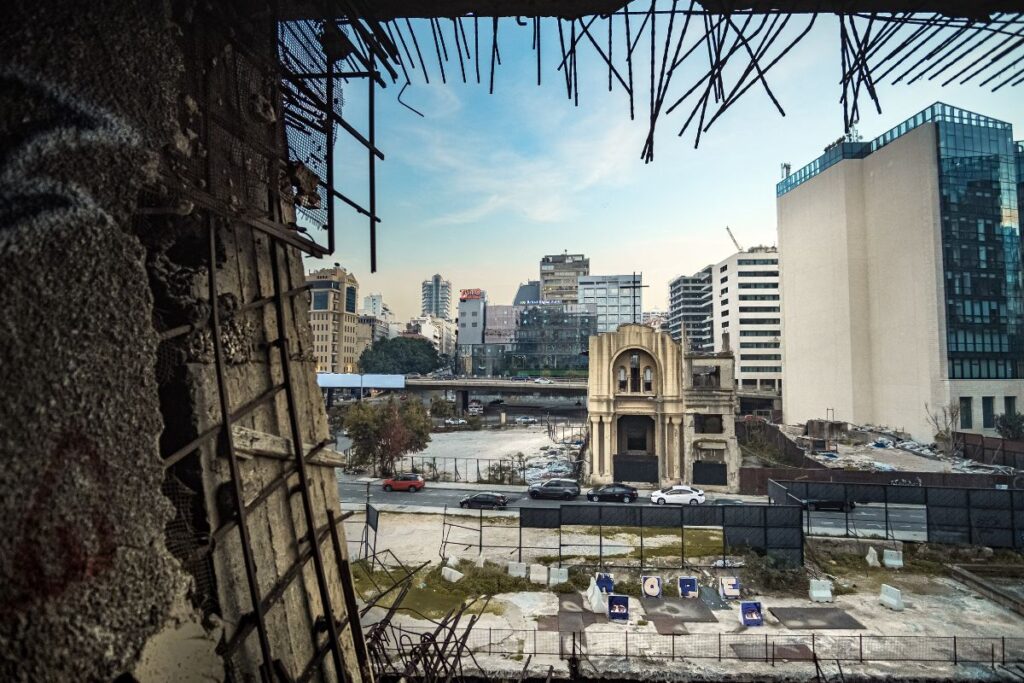
Lebanon’s rich tapestry of cultural and religious groups, including Christians, Muslims, Druze, and others, has given it a unique character in the Middle East. This diversity has historically allowed Lebanon to be a hub for arts, literature, and intellectual discourse, earning it a reputation as a beacon of culture and coexistence in a region often marked by conflict.
Rising from the Shadows: The Maronite Resistance and Lebanon’s Quest for Autonomy
In post-war Lebanon the tables turned when its neighbouring Arab state Syria received an international mandate to mediate. With the Syrian hegemony over Lebanon political Arabism was being favoured and political Maronitism declined further. The al-Assad regime adopted a politics of forgetting by fostering a collective war amnesia and granting a general amnesty for war criminals. But in the same way as a traumatized person cannot forget what happened, so a traumatized country too cannot forget. This political attempt of silencing the past soon backfired. Protests erupted and paved the way for an anti-Syrian resistance to rise. This resistance came from the only Maronite leader that was not exiled or imprisoned, namely patriarch Nasrallah Sfeir. From 2000 onward he rallied international support for his ‘noble’ cause to save (Christian) Lebanon. With mounting pressure from the Christian resistance, the international community (EU and USA) and the mostly Christian diaspora, especially after the assassination of prime minister Rafic Hariri, Syria withdrew from Lebanon in 2005.
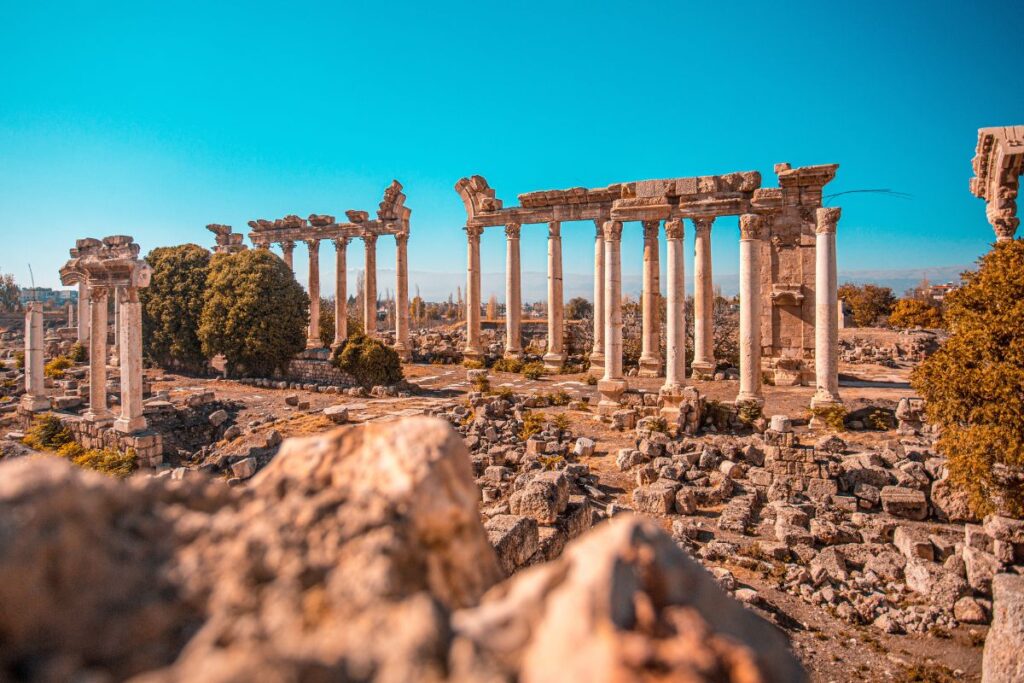
Other nations can learn the importance of fostering inclusive governance and ensuring representation for all factions in society from Lebanon’s experience. The country’s struggles highlight the potential dangers of foreign interference and the crucial role of resilient institutions in safeguarding a nation’s sovereignty. Moreover, Lebanon’s journey underscores the value of dialogue and diplomacy in navigating complex socio-political terrains.
Lebanon’s Echo: A Forewarning for Global Crises
After the Cedar Revolution of 2005, we see Lebanon in total disarray. Stumbling from one crisis to the other. With the 2020 Beirut explosion as the ultimate indication that this country is the textbook example of a failed state. Nothing seems to work anymore. The political system is in deadlock. The presidency is vacant since Michel Aoun left office almost a year ago. It seems that at times of crisis (good) leaders are hard to come by.
Maybe Lebanon is like the harbinger for the rest of the world, because the problems it is facing are not really that different from ours. So unless we learn lessons from (Lebanese) history, we will probably find ourselves in quite the same mess before we know it.








